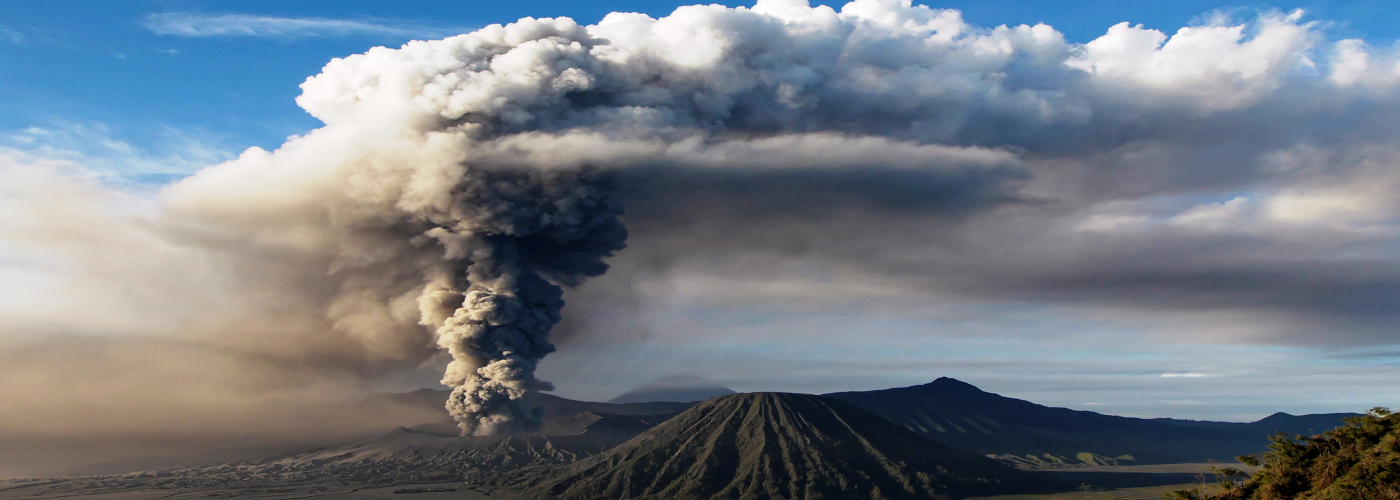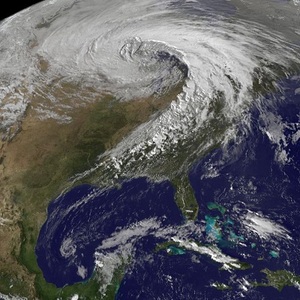

Stopping the rise in average global
temperatures is expected to be one of the great challenges of the
21st century. Transitioning away from a fossil fuel
dependent economy, one that has been dominant for over 100 years,
will be no easy feat. That's why some researchers have begun to look
at alternative methods to cool the planet, called geoengineering. One
such method, called stratospheric aerosol injection, involves
releasing aerosol particles into the stratosphere, the layer just
above where the majority of Earth's weather occurs, in order to
reflect just enough of the incoming sunlight to curb the rise in
global temperatures. At first glance, this might seem like an easy
fix, as volcanoes essentially do the same thing when they release
fine ash into the stratosphere and temporarily cool the planet.
However, according to a 2020 computer modeling study from scientists
around the world, including MIT and Indiana University, such an easy
fix would create negative climate consequences of its own.
The
research team employed computer climate models to examine a number of
different future scenarios of geoengineering. One of them, called G1,
would see just the right amount of aerosols released to offset a
quadrupling of carbon dioxide emissions. Under this scenario, the
strength of extratropical storms (the low pressure systems which
frequently bring rain and snow to the mid-latitudes) would weaken in
both the Northern and Southern Hemispheres. While this would mean
less powerful, damaging storms like nor'easters, it would also
significantly reduce the amount of precipitation at middle latitudes.
Weaker extratropical storms would also lead to more stagnant weather
patterns, potentially leading to more persistent heatwaves and less
ventilation and mixing of air pollution.
The main reason why
extratropical storms are expected to weaken under this geoengineering
scenario is the cooling of temperatures near the equator, because of
reduced incoming solar radiation, while areas near the poles continue
to warm. The net effect would be to lessen the temperature difference
between the equator and the poles. This temperature difference is one
of the key drivers of extratropical storms.

